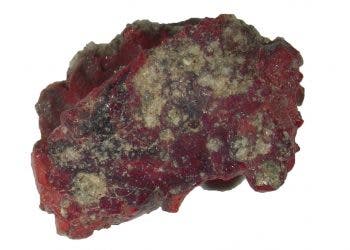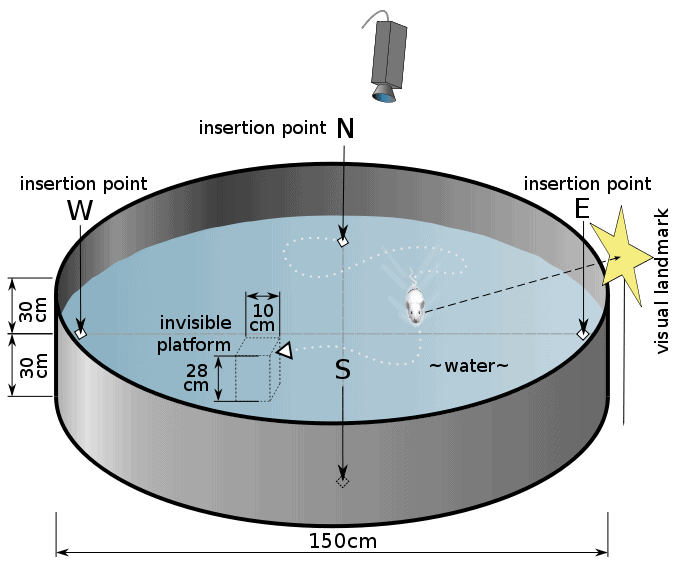
According to Greek mythos, after Queen Pasiphae of Crete coupled with a divine bull, she produced a creature with the body of a man and the head of a bull. We know this mythical creature as the Minotaur. King Minos of Crete, ashamed of this monstrous offspring, had the renowned architect and inventor Daedalus construct an elaborate labyrinth to imprison the Minotaur.
The labyrinth’s design was meant to confuse and disorient, with countless winding passages, dead ends, and misleading paths. It was designed as a bewildering and perilous maze, virtually impossible for anyone to escape once they entered.
Every year, as tribute, Athens sent seven young men and seven young women into the labyrinth. Almost always, they were devoured by the beast. Then the hero Theseus volunteered to end this cycle of sacrifice, entering the labyrinth with the help of Minos’s daughter, Ariadne, who provided him with a ball of thread to navigate his way out. Theseus successfully killed the Minotaur and escaped.
However, even the mighty Theseus would have probably been dumbfounded by the mazes designed by physicists at the University of Bristol.
Inspired by rules of chess, theoretical physicists led by Dr. Felix Flicker constructed an “infinite” number of ever-larger Hamiltonian cycles that describe exotic matter known as quasicrystals. These intricate mazes have the potential to tackle some of the world’s most pressing challenges. The researchers’ unique creations may have practical applications ranging from simplifying processes from carbon capture to fertilizer production.
“When we looked at the shapes of the lines we constructed, we noticed they formed incredibly intricate mazes. The sizes of subsequent mazes grow exponentially — and there are an infinite number of them,” said Flicker.
The Science Behind the Mazes
The mazes draw inspiration from the Knight’s tour in chess, where the piece moves in an L-shape, visiting every square on the board exactly once before returning to its start. This is a type of Hamiltonian cycle, a loop that visits each point on a map exactly once.

Starting from the Knight’s tour, the physicists devised a model that generates an infinity of Hamiltonian cycles that visit every atom on the surface of certain quasicrystals precisely once. The resulting structures resemble incredibly complex mazes made of fractals, infinitely complex patterns that are self-similar across different scales.
Unlike regular crystals, whose atoms repeat in a predictable pattern, quasicrystals’ atomic arrangements are far more complex and harder to vizualize. They can be mathematically described as slices through six-dimensional crystals, though our universe has only three dimensions.
Only three natural quasicrystals have ever been found, and all in the same Siberian meteorite. The first artificial quasicrystal was created accidentally during the 1945 Trinity Test, the first atomic bomb explosion.
Practical Applications and Future Potential

The Hamiltonian cycles constructed by the researchers allow for precise paths through quasicrystals. These paths can be used in scanning tunneling microscopy, an important technique that images individual atoms. Normally, this process can take a month to produce a single image. In theory, the Hamiltonian cycles create the fastest possible imaging routes for the microscope. This could dramatically reduce operating times.
“We show that certain quasicrystals provide a special case in which the problem is unexpectedly simple. In this setting, we therefore render some seemingly-impossible problems tractable. This could include practical purposes spanning different realms of science,” said Flicker.

Another significant application is in adsorption, where molecules stick to the surfaces of crystals. Quasicrystals, with their unique atomic arrangement, might excel at this process. Efficient adsorption is crucial for carbon capture and storage, a technology that is often touted as paramount for solving climate change.
“Our work also shows quasicrystals may be better than crystals for some adsorption applications. For example, bendy molecules will find more ways to land on the irregularly arranged atoms of quasicrystals. Quasicrystals are also brittle, meaning they readily break into tiny grains. This maximises their surface area for adsorption,” said co-author Shobhna Singh, a PhD researcher in Physics at Cardiff University.
This efficiency could also make quasicrystals excellent candidates for catalysts, which lower the energy required for chemical reactions, thereby increasing industrial efficiency. This includes the Haber process, the most important chemical reaction for mankind, responsible for producing ammonia fertilizer for farming.
The findings appeared in the journal Physical Review X.






